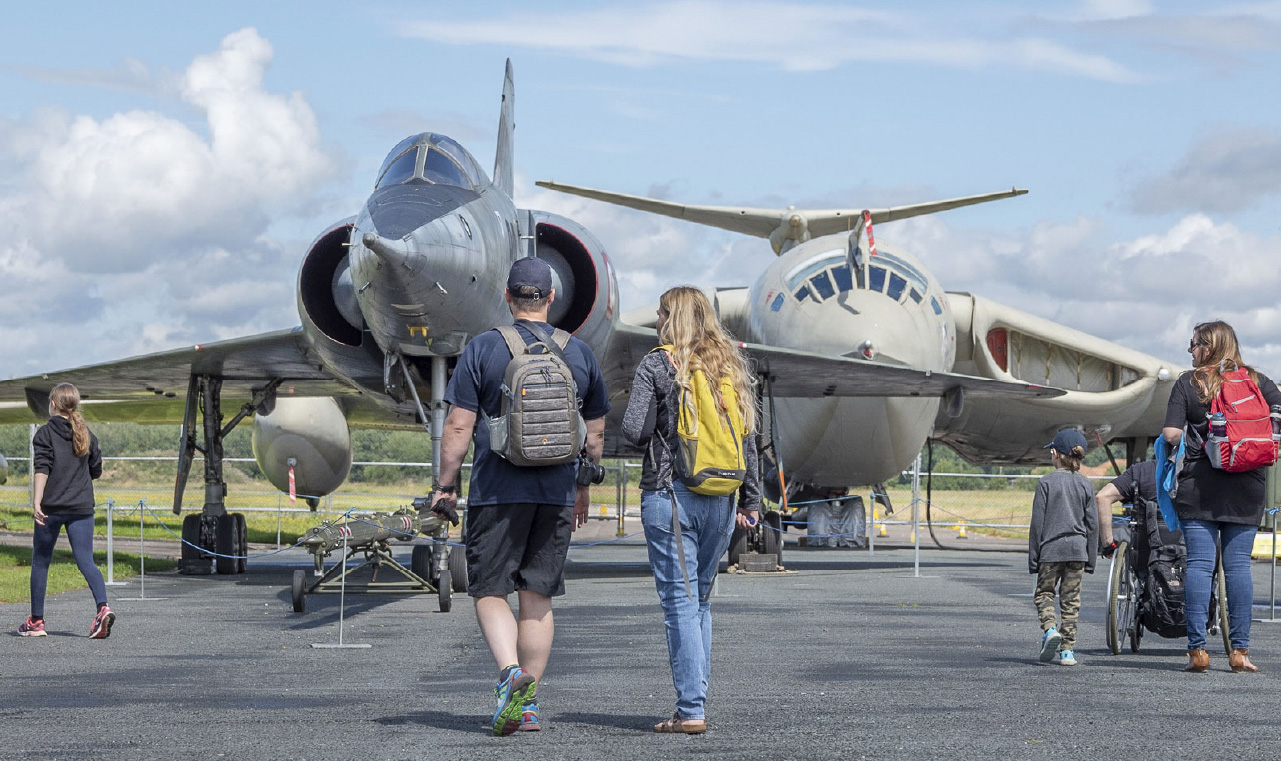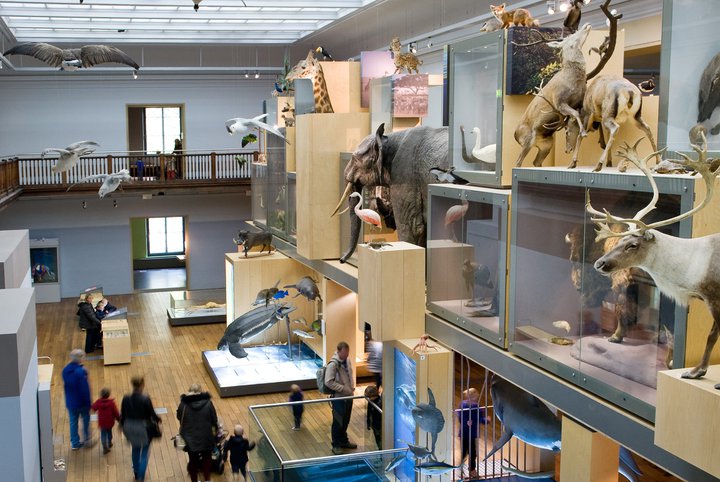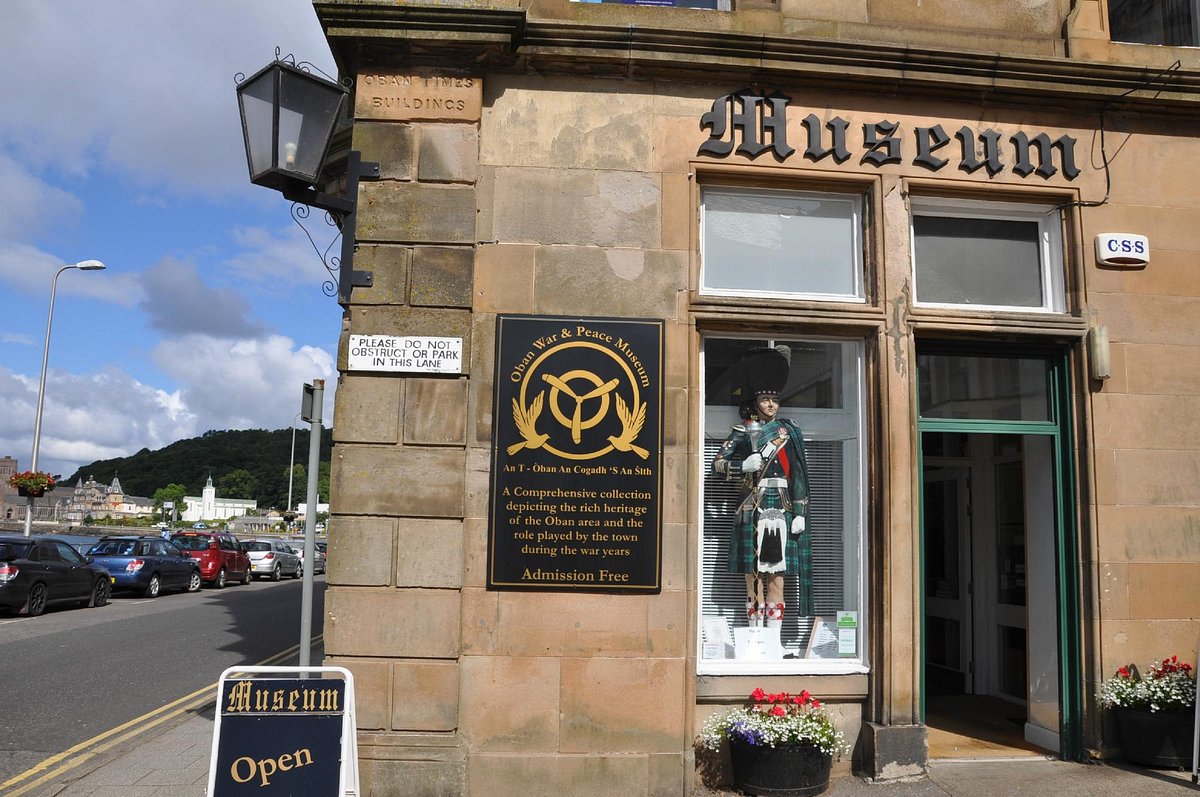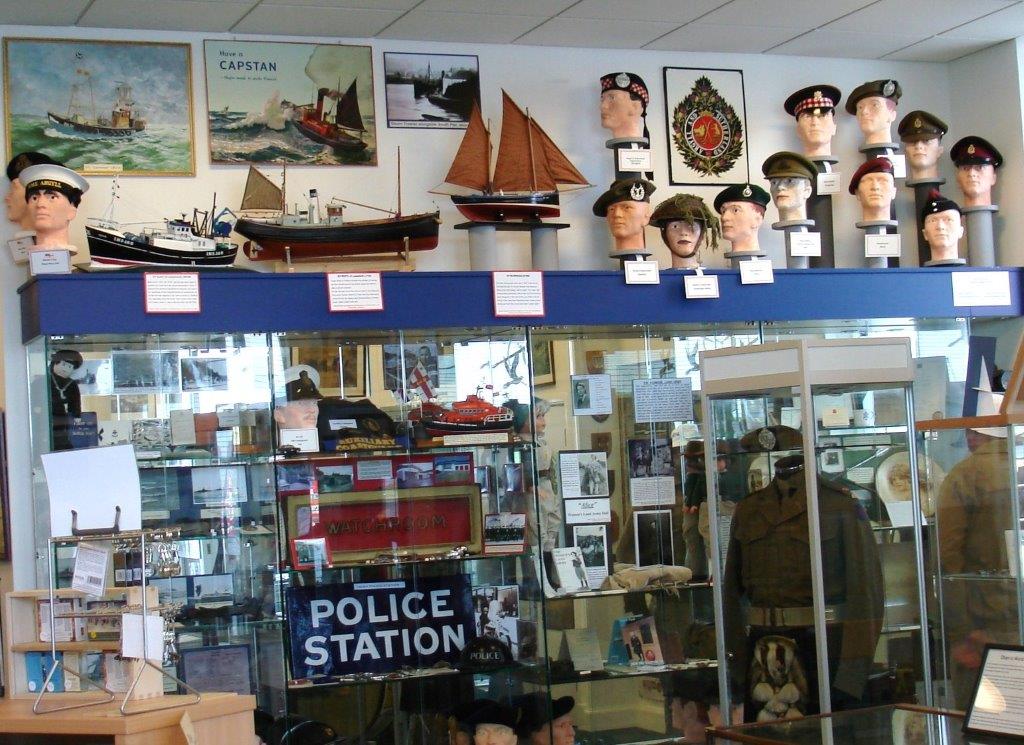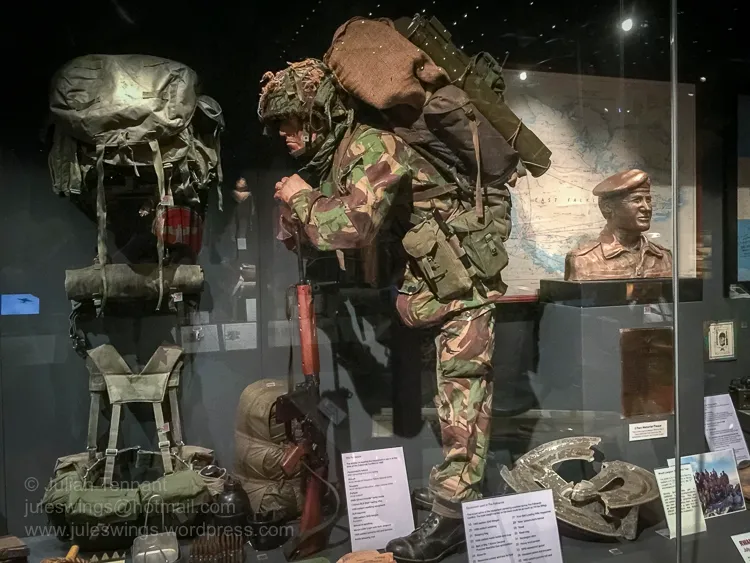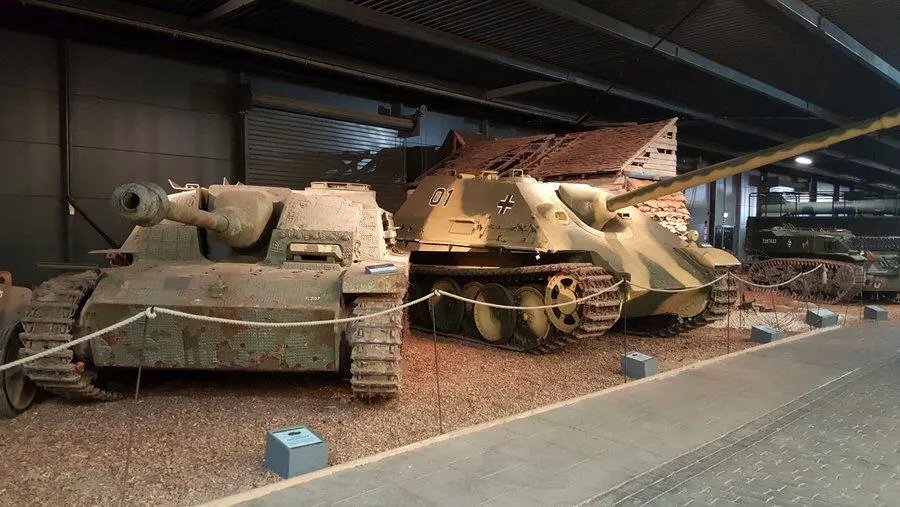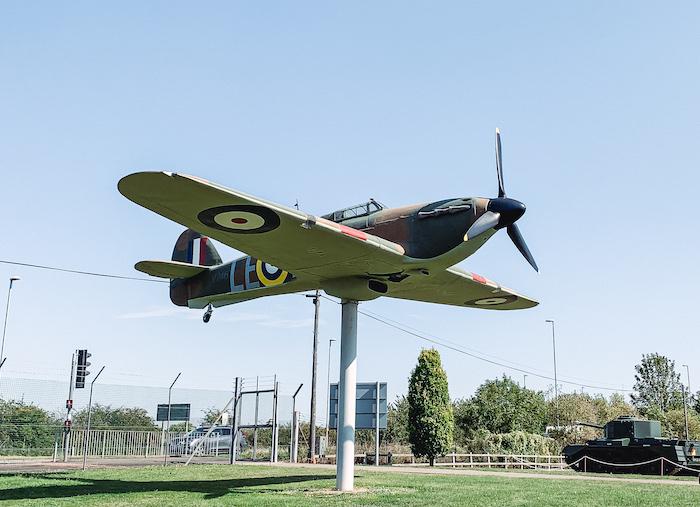Tucked away on the historic former RAF Elvington airfield just a few miles southeast of York lies one of the United Kingdom’s finest aviation museums — the Yorkshire Air Museum and Allied Air Forces Memorial. This remarkable site is not only a treasure trove of aircraft and aviation artefacts, but also a moving tribute to the men and women who served in Allied air forces during times of war and peace.
Offering a blend of historical education, engineering wonder, and poignant remembrance, the museum captures the imagination of visitors of all ages. Whether you’re a seasoned aviation enthusiast, a student of history, or a family on a day out, the Yorkshire Air Museum provides a compelling experience in one of Britain’s most atmospheric museum settings.
Origins and Historical Significance
The site of the museum is steeped in military history. During World War II, RAF Elvington was a key base for Bomber Command, primarily used by the Royal Air Force and the Free French Air Force (Groupe Guyenne and Groupe Tunisie). The airfield was built in 1942 and became one of the largest bomber bases in the north of England, its long runways and heavy-duty hangars reflecting the scale of its wartime operations.
French airmen stationed at Elvington flew Halifax bombers deep into Nazi-occupied Europe, and their bravery is still remembered today. Many of them made the ultimate sacrifice and are buried nearby. The presence of the Allied Air Forces Memorial at the museum reflects this profound legacy, ensuring that future generations never forget the international dimension of the fight for freedom.
Museum Foundation and Growth
The Yorkshire Air Museum was founded in 1986 by a dedicated team of volunteers, historians, and aviation experts determined to preserve the rich aviation heritage of the region. From modest beginnings, the museum has grown into one of the most respected independent museums in the UK.
Today, it boasts over 50 historic aircraft, from vintage biplanes to Cold War jets, alongside engines, vehicles, uniforms, and original buildings from the WWII era. It is the only air museum in the north of England that still occupies an original wartime airfield — a factor that adds an unmistakable authenticity to the visitor experience.
Aircraft Collection: From the Dawn of Flight to Jet Power
The heart of the Yorkshire Air Museum is its aircraft collection, which spans over a century of aviation history. Each plane has its own story, and many are restored or preserved in extraordinary detail.
Key Aircraft on Display:
- Handley Page Halifax Mk III (Friday the 13th): Perhaps the most iconic exhibit, this full-size recreation of the famous WWII Halifax bomber dominates the main hangar. Painstakingly reconstructed using original parts, it is the only such display in the UK and a tribute to those who flew in them.
- Victor K.2 Tanker: A Cold War-era jet from the RAF’s V-Force, used primarily as a strategic tanker. Its futuristic lines contrast sharply with the older propeller-driven aircraft.
- Nimrod MR2: A maritime patrol aircraft, this impressive machine gives visitors a sense of the scale and complexity of modern RAF operations during the latter half of the 20th century.
- Harrier GR3: Famous for its vertical take-off and landing capabilities, the Harrier is one of the most revolutionary fighter jets ever built.
- De Havilland Mosquito Nose Section: A rare artefact from the “Wooden Wonder”, a fast, versatile twin-engine aircraft that served in various roles including as a night fighter and photo-reconnaissance plane.
In addition to the aircraft themselves, the museum offers a wide array of aviation engines, such as the Rolls-Royce Merlin (which powered the Spitfire, Hurricane and Lancaster), and the massive Armstrong Siddeley Python — a turboprop engine used in early jet bombers.
Authentic Setting: Wartime Buildings and Displays
One of the museum’s most compelling aspects is its use of original wartime buildings. These have been preserved or restored to reflect their WWII condition and purpose, giving visitors an immersive sense of life on an active bomber base.
Notable Sites and Exhibits:
- Control Tower: The original 1940s control tower has been transformed into a series of exhibition rooms, offering views over the runway and a deep insight into how bomber missions were coordinated.
- Air Gunners Room: A detailed recreation of the briefing and training rooms for air gunners, complete with period uniforms and equipment.
- The RAF Chapel: A small but moving space for reflection, commemorating those who served and fell in the line of duty.
- French Memorial Room: Dedicated to the Free French Air Force squadrons stationed at Elvington, this exhibit includes personal belongings, photos, and stories of the brave French aviators.
Memorial and Remembrance
The museum’s full name — the Yorkshire Air Museum & Allied Air Forces Memorial — reflects its dual mission: to educate and to remember. Each year, the site hosts Remembrance services, flypasts, and events to honour veterans and fallen aircrew from many nations.
The Memorial Garden and Wall of Honour outside the main hangar list the names of Allied airmen who served, offering a peaceful and solemn space for visitors to pay their respects.
In 2005, the museum was officially recognised as the Allied Air Forces Memorial, making it unique in its international scope and dedication.
Education and Outreach
A key mission of the Yorkshire Air Museum is education. The museum runs a comprehensive education program for schools and groups, covering topics from WWII history and the science of flight to engineering and social history.
Interactive displays, guided tours, and activity packs make it accessible for younger visitors, while aviation enthusiasts can delve into more technical and detailed information.
There are also frequent special events, including:
- Thunder Days: When engines are fired up, including the Victor and Nimrod.
- Veterans’ Weekends: Featuring talks by former RAF personnel.
- Living History Days: With reenactors in period dress and working displays.
Visitor Experience and Amenities
The Yorkshire Air Museum is designed to be a welcoming and engaging destination. Facilities include:
- The NAAFI Café: Serving snacks, drinks, and hot meals in a setting reminiscent of a 1940s service canteen.
- Gift Shop: Offering aviation-themed gifts, books, and memorabilia.
- Free Parking and Accessibility: The site is well-equipped for visitors of all ages and mobility levels.
The wide open airfield and hangar spaces provide a relaxing, open-air feel even on busy days.
Here’s an overview of the aircraft on display:
Pre-World War II Aircraft (Replicas)
- Avro 504K
- Blackburn Mercury
- Cayley Glider
- Mignet HM.14 Pou-du-Ciel
- Port Victoria P.V.8 Eastchurch Kitten
- Royal Aircraft Factory BE.2c
- Royal Aircraft Factory SE.5a
- Wright Flyer
World War II Aircraft
- Avro Anson T.21 (VV901)
- Douglas Dakota IV (KN353)
- Fairchild Argus II (FK338)
- Gloster Meteor F.8 (WL168)
- Gloster Meteor NF.14 (WS788)
- Handley Page Halifax III (LV907)
- Hawker Hurricane I (Replica)
- Messerschmitt Bf 109 G-6 (Replica)
- Slingsby T.7 Kirby Cadet (RA854)
- Supermarine Spitfire I (Replica)
- Waco Hadrian (237123)
Post-War & Cold War Aircraft
- Air Command Commander Elite
- Beagle Terrier 2 (TJ704)
- Canadair CT-133 Silver Star (133417)
- de Havilland Devon C.2 (VP967)
- de Havilland Vampire T.11 (XH278)
- Europa Prototype 001
- Mainair Demon
- Saunders-Roe Skeeter AOP.12 (XM553)
- Westland Dragonfly HR.5 (WH991)
Cold War & Modern Military Jets
- BAC Jet Provost T.4 (XP640)
- Blackburn Buccaneer S.2 (XN974)
- Blackburn Buccaneer S.2B (XX901)
- British Aerospace Harrier GR.3 (XV748)
- British Aerospace Nimrod MR.2 (XV250)
- Dassault Mirage IIIE (538)
- Dassault Mirage IVA (45/BR)
- English Electric Canberra T.4 (WH846)
- English Electric Lightning F.6 (XS903)
- Fairey Gannet AEW.3 (XL502)
- Gloster Javelin FAW.9 (XH767)
- Handley Page Victor K.2 (XL231)
- Hawker Hunter FGA.78 (QA10)
- Hawker Hunter T.7 (XL572)
- Panavia Tornado GR.1 (ZA354)
- Panavia Tornado GR.4 (XZ631)
Conclusion: A Living Legacy
The Yorkshire Air Museum and Allied Air Forces Memorial stands as more than just a collection of aircraft. It is a place where history is brought to life, where the bravery and innovation of generations are celebrated, and where visitors are invited to reflect on the cost of conflict and the spirit of cooperation.
As time passes and the number of living veterans dwindles, places like Elvington grow in importance. They keep the stories alive, honour the fallen, and inspire future generations to remember, to learn, and perhaps, to take to the skies themselves.
Whether you come for the aircraft, the atmosphere, or the heritage, the Yorkshire Air Museum offers a deeply moving and unforgettable experience.

